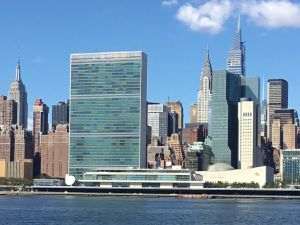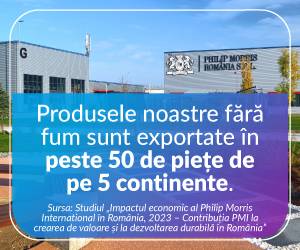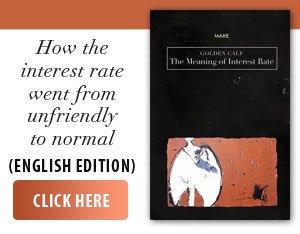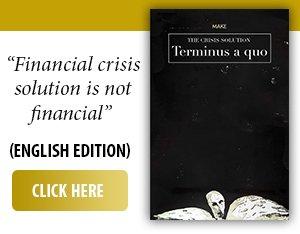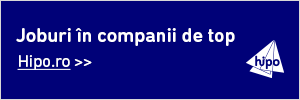Europe's largest port, Rotterdam, is increasingly becoming a strategic piece in NATO's defensive architecture in the event of a possible military conflict with the Russian Federation, report the news sites Money Control, Deutsche Wirtschafts Nachrichten (DWN), the Cypriot publication Kathimerini, the Swiss publication Blick, the Financial Times and the British publication Daily Express, citing Dutch and Belgian sources.
The Port Authority of Rotterdam has initiated procedures to reserve docks and other spaces for military ships, in order to collaborate with the Belgian port of Antwerp to develop plans for redirecting trade flows in the event of conflict. According to the cited sources, this move is reconfiguring not only the logistics infrastructure of the European continent, but also the global dynamics of trade, especially since over 436 million tons of cargo are handled annually through the port of Rotterdam.
Practically, in the context in which NATO officials warn that a conflict could break out by 2030, Rotterdam is no longer just a gateway to trade, but also a bastion of Western security.
Boudewijn Siemons, director general of the Port of Rotterdam Authority, confirmed, according to the cited sources, that the port's terminals are being evaluated for their capacity to handle large volumes of military equipment, and Antwerp, with an annual handling capacity of over 240 million tons of cargo - the second largest port in the EU, is ready to take on some of the pressure in the event of an emergency scenario.
"Not every terminal is suitable for handling military equipment. If it is necessary to transport large volumes of military equipment, we will turn to Antwerp or other ports to take over some of the capacity, and vice versa," Boudewijn Siemons said.
These two ports, which have traditionally been in direct competition, are forced in the current geopolitical conditions to enter into a strategic collaboration, understanding that, in an increasingly unstable world, shared resilience outweighs economic rivalry. In this spirit, amphibious military exercises have become increasingly frequent in both locations, and the transfer of ammunition between ships will be done with a logistical rigor that until recently was reserved only for large-scale conflicts.
It is a profound paradigm shift: not even during the Cold War did Rotterdam have a quay dedicated exclusively to military transport. Today, this lack is being hastily corrected, faced with the threat of an expansion of the war started by Vladimir Putin in Ukraine.
The Netherlands and other NATO members have substantially increased their defense budgets, with the Dutch government committing to allocate up to 5% of GDP to this sector. In parallel, the European Union is working on a broad strategy to build up critical stocks, from copper and lithium to medicines, energy equipment and food and water reserves, in what could become one of the most ambitious supply chain security initiatives in decades.
Rotterdam could thus become not just a transport hub but also a vital warehouse for essential goods, following the model of the strategic oil reserves established after the 1973 energy crisis. Some of these oil reserves are already in the port, and Siemons believes that the same principle should be applied to gas, rare earths, pharmaceuticals and more.
However, trade risks remain. EU sanctions against Russia have reduced the port's total cargo volume by about 8%, mainly due to a drop in oil imports. In the event of a military escalation, the port's ability to maintain a steady trade flow could be severely tested. The crucial question is whether Rotterdam will be able to balance strategic demands with economic imperatives, in an environment where uncertainty is becoming the norm.
According to Boudewijn Siemons, "the world is becoming increasingly volatile”, and a society's ability to withstand shocks will be tested more and more often. The Port of Rotterdam is already preparing.



